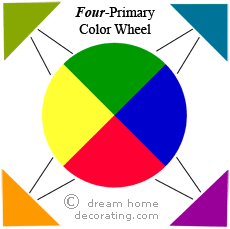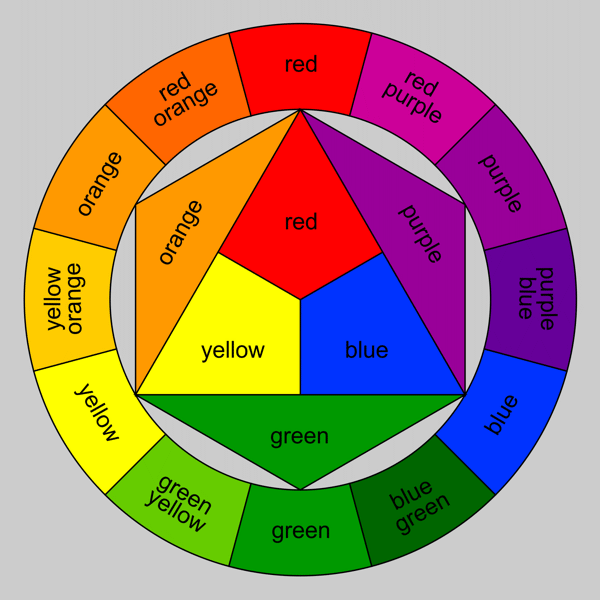
There are several variations of complimentary schemes:

The tertiary colors are: yellow-orange, yellow–green, blue-green, blue-violet, red-orange, and red- violet. Tertiary or intermediate colors are created by mixing a primary and a secondary color. These secondary colors are created by mixing the two neighboring primary colors. The color wheel consists of three primary colors: red, yellow and blue, between the primary colors there are three secondary colors: orange, purple and green. He is sometimes referred to as the father of the American Christmas Card. Prang’s system was the first workable system to reproduce color in print.

According to Wikipedia, Prang was a printer and developed a four-color printing process known as chromolithography. This may have been the color wheel that you were introduced to in elementary school. In 1876, Louis Prang (1824 -1909) advanced color wheel theory and developed a color wheel which is commonly known as the Artist’s or Prang color wheel.

In 1825 he published The Principles of Harmony and Contrast of Colors, which expanded on the color wheel theory. Chevreul (1786-1889) was a French chemist and head of dyestuffs at the Gobelin Tapestry Works. The Color Wheel and Types of Color Harmonies By joining the two ends of the spectrum Newton formed the idea of the color wheel. In 1660, Sir Isaac Newtown directed a beam of light through a prism which created a rainbow effect – the light was split into a spectrum of colors which was linear with red tones at one end and violets at the other.


 0 kommentar(er)
0 kommentar(er)
